How Does a Vertical Form Fill Seal Machine Work?
The modern world revolves around convenience, and an important aspect of convenience is efficient packaging. Whether you’re buying a bag of potato chips, a box of cereal, or a pouch of coffee, chances are it’s packed using a vertical form fill seal (VFFS) machine.
VFFS machines have brought significant changes to the packaging industry and play a key role in ensuring that a vast array of products are packaged efficiently and reliably for consumer consumption. They provide unparalleled speed and cost-efficiency and have become the mainstay of packaging processes in various industries.
In this article, we will take an in-depth look at how VFFS machines work, from start to finish, exploring the process behind those neatly sealed packages that we encounter every day.
What is Vertical Form Fill Seal Packaging Machine?
Before we know how a VFFS machine works, it’s important to have a basic understanding of what it is and what it is used for.
A vertical form fill seal packaging machine is an automated equipment used for packaging a variety of products in various industries. It forms a pouch from a flat roll of packaging film, fills it with a product, and then seals it to create a finished package.
The name “vertical form fill seal” comes from the machine’s ability to vertically form the package, fill the product and seal it in one continuous and efficient process.
VFFS machines are popular for their versatility and ability to manufacture bags of different sizes and shapes to suit a variety of products. They can be used in various industries, including food packaging, pharmaceuticals, cosmetics, and chemicals.

Step by Step: How VFFS Machines Work
The operation of a VFFS machine can be divided into several different steps. Let’s explore each of these steps in detail to get a comprehensive understanding of how this technology works.
1. Film Unwinding
The process begins with a large roll of packaging film. This film is typically made of materials such as polyethylene, polypropylene, or laminates that protect the product and maintain its freshness. The film roll is mounted onto the VFFS machine, and the edge of the film is unwound and threaded through the machine’s various components.
2. Film Forming
Once the film is in position, it passes through a series of rollers and guides that shape it into a tube. The edges of the film are sealed longitudinally, creating a continuous vertical tube. The size of the tube and the position of the seals can be adjusted to create different bag sizes and shapes.
3. Product Filling
As the tube of film moves downward, it passes through the product filling station. Depending on the product, this station may include augers, volumetric cup fillers, or other mechanisms to accurately dispense the product into the forming tube. Precise filling is critical to ensuring consistent package weight and product quality.
4. Sealing
After the product is filled into the tube of film, it moves further down the VFFS machine to the sealing station. The tube is sealed horizontally at regular intervals to form individual packages. The film is also cut between the seals to create separate bags.
5. Bag Discharge
As each bag is formed, filled, sealed, and cut, it is released from the machine’s grip and conveyed away from the sealing station. The finished bags can then be further processed, often passing through additional equipment such as metal detectors or automatic labeling machines.
Advanced Features and Customization
Modern VFFS machines are equipped with advanced features and customization options to increase their efficiency and versatility. Here are some of the innovations in VFFS technology:
Continuous Motion
Traditional VFFS machines operate intermittently, forming and sealing one bag at a time. Continuous motion VFFS packaging machines have been developed to increase production speeds. They form a continuous tube, filling and sealing it without stopping, significantly increasing throughput.
Auger Filling
Auger filling systems are often used to accurately dispense powder or granular products. These systems use a rotating auger screw that precisely measures the product before releasing it into the forming tube.
Vacuum Packaging
Some vertical packaging machines have vacuum packaging capabilities. This feature removes air from the bag before sealing, extending the shelf life of products, especially in the food industry.
Touchscreen Controls
Modern VFFS machines often feature touchscreen interfaces that allow operators to easily set parameters, monitor performance, and adjust settings. This facilitates ease of use and quick changeover between different products.
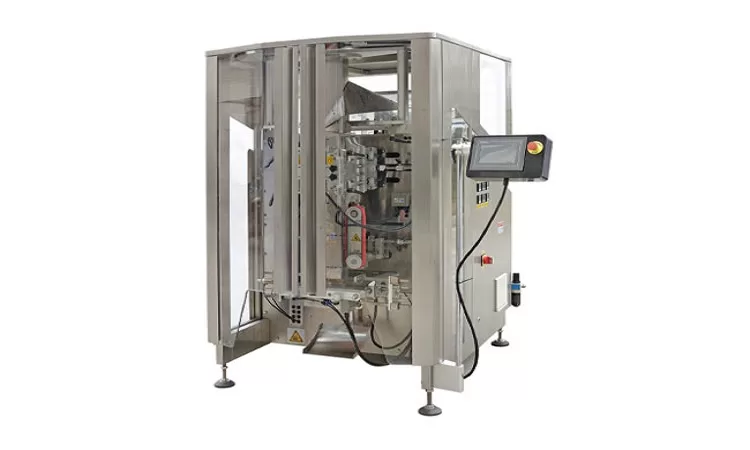
The Role of VFFS Machines in Various Industries
Vertical form fill seal machines have a wide range of applications in different industries due to their adaptability and efficiency. Here are some examples of how VFFS machines are used:
Food Packaging
The food industry uses VFFS machines to efficiently package a variety of products. These machines are used to package items such as snacks, frozen vegetables, pasta, coffee, and even pet food.
VFFS machines offer a cost-effective and hygienic solution for food packaging, ensuring that products remain fresh and protected throughout their shelf life.
Pharmaceutical Packaging
In the pharmaceutical sector, VFFS machines are employed to package pills, capsules, and other medications. These machines ensure precise dosing, tamper-proof packaging, and protection against moisture and contamination.
The pharmaceutical industry requires the highest levels of precision and quality control, and VFFS machines play a key role in meeting these stringent requirements.
Cosmetic and Personal Care Products
VFFS packaging machines are also commonly used in the cosmetic and personal care industry to package items such as shampoo, lotion, soap, and other beauty products. These machines provide efficient and consistent packaging, ensuring that the contents are securely sealed and protected from external factors.
Chemical Industry
In chemical manufacturing, VFFS machines package a variety of products, including detergents, fertilizers and industrial chemicals. They ensure accurate weighing and sealing, helping to improve product quality and safety.

The Future of VFFS Machines
Like many other industries, the packaging industry is constantly evolving, and VFFS machines are no exception. Here are some potential future trends and developments for VFFS machines:
Increased Automation
The trend toward increased automation will continue as machines become smarter and more self-sufficient. This includes the integration of robotics and artificial intelligence to enable predictive maintenance, allowing vertical packaging machines to self-diagnose problems and automate routine maintenance tasks.
Additionally, AI can be used for quality control to ensure packaging is consistent and meets the highest standards. The result is enhanced efficiency, reduced downtime, and improved production reliability.
Sustainable Packaging
Sustainability is a growing concern and VFFS packaging machines will adapt by incorporating environmentally friendly materials and practices. This includes using recyclable films, reducing packaging waste, and improving energy efficiency.
VFFS machines may be designed to minimize the use of film by optimizing the packaging process, which not only reduces costs but also contributes to global efforts to reduce plastic pollution and environmental impact.
Digital Integration
VFFS machines may become more integrated with digital platforms, allowing for remote monitoring, data analysis, and real-time adjustments. This digital transformation is critical to increasing productivity, reducing errors, and staying competitive in the global market.
Customization
VFFS machines will become more versatile and customizable to cater to the unique needs of different products and industries. Manufacturers will be able to adjust machine settings easily to accommodate specific product requirements, package sizes, and shapes.
This adaptability will enable companies to respond swiftly to changing consumer demands and market trends, allowing for more efficient and cost-effective production.
Conclusion
Vertical form fill seal machines are essential components of the packaging industry, responsible for creating the packages that hold a vast array of products we use in our daily lives.
From food and pharmaceuticals to cosmetics and chemicals, these machines provide cost-effective, efficient and hygienic packaging solutions that not only reduce costs but also contribute to environmental sustainability by minimizing waste and energy consumption.
As technology continues to advance, we can expect VFFS machines to become even more sophisticated, accommodating sustainability efforts and adapting to ever-changing market demands.
-

Advanced Packing Solutions: Snacks, Sugar, and Frozen Food Machines
29-10-2025 -
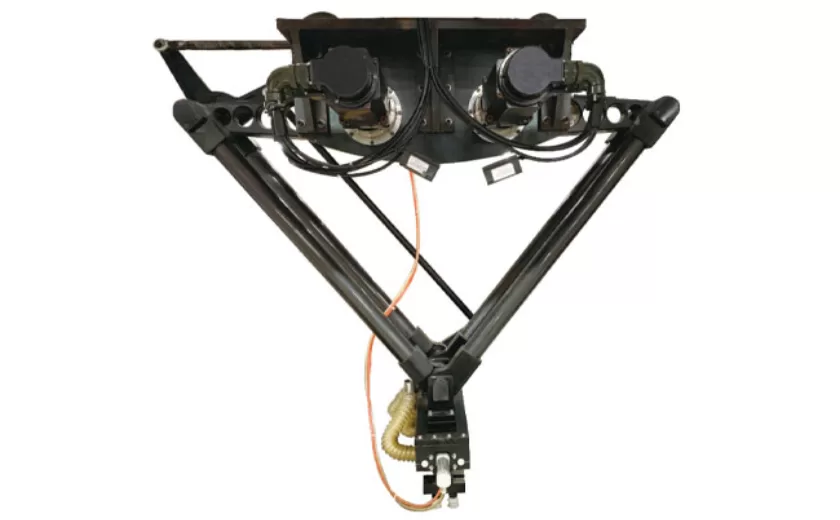
Efficient and Reliable Solutions for Salt, Nuts, and Frozen Dumplings Packing
29-10-2025 -
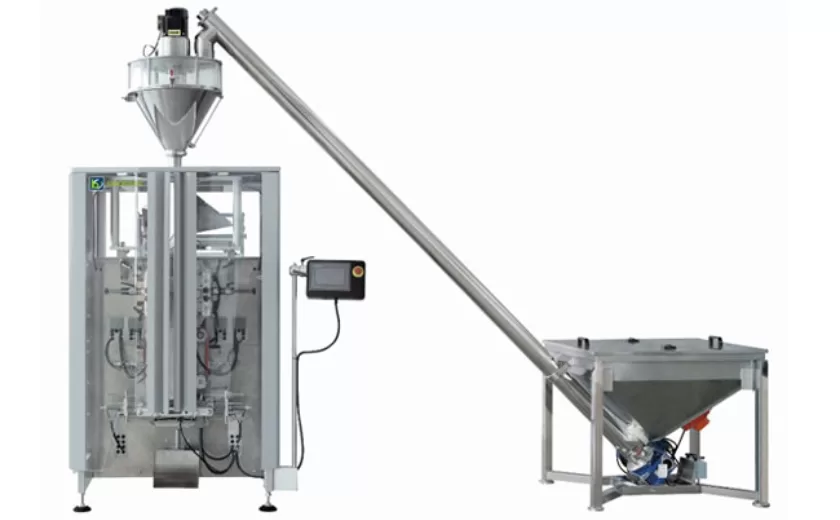
High-Performance Biscuits, Lollipop, and Ketchup Packing Machines for Modern Food Production
29-10-2025 -

Efficient Liquid Filling and Packing Machines for Modern Production
23-10-2025 -
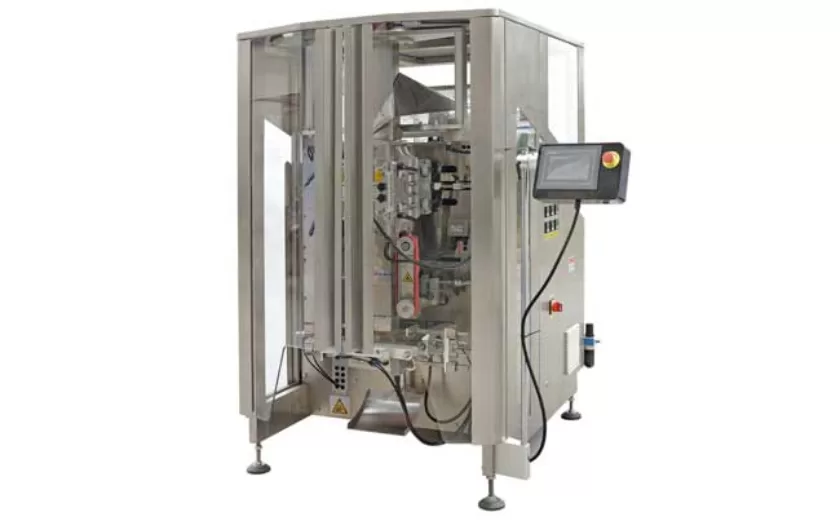
Reliable Granule Packaging Machines for Efficient Production
23-10-2025 -

Efficient Auger Powder Filling Machines for Accurate Packaging
23-10-2025 -

High-Performance Liquid Filling and Packing Machines for Hygienic Production
10-10-2025 -

High-Efficiency Granule Packaging Machines for Precision and Speed
10-10-2025 -

High-Precision Auger Type Powder Filling Machines for Efficient Packaging
10-10-2025 -
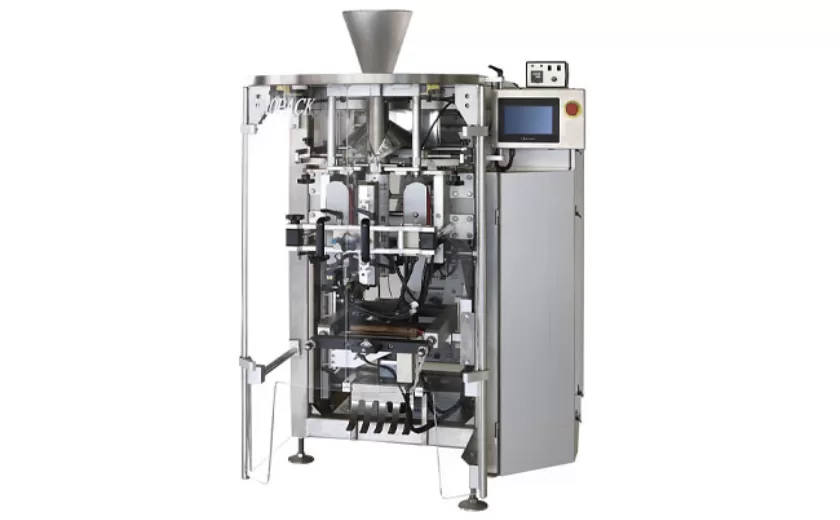
Efficient Vertical Form Fill Seal Packaging Machines for Smart Production
10-10-2025






